Islet of Vila Franca do Campo
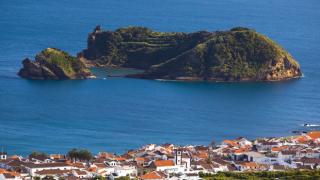
Don't miss
- be sure to bring snorkel gear and camera
A small paradise that is off the shore of a larger one - the island of São Miguel - the islet of Vila Franca do Campo provides an exciting day for anyone who visit it.
Situated opposite the town of Vila Franca do Campo, about 1km from the coast, the islet is a result of the crater of an ancient submerged volcano, and is one of São Miguel’s main tourist attractions, particularly since an event in the Red Bull Cliff Diving world championship was held here.
Classified as a Nature Reserve, the walls of its crater are lined by endemic vegetation, while inside there is an almost perfectly circular natural lake, which is linked to the sea by a narrow channel. This opening is called Boquete and faces north, i.e. towards the coast of São Miguel, which prevents the entry of waves from the sea. Its crystal clear waters and the small but lovely beach, are excellent for swimming and diving.
Currently, the edges of the crater comprise two islets: Ilhéu Pequenino, located on the northeast coast; and Ilhéu Grande, which is the largest emerging structure. Blocks of basalt rock dominate the areas most affected by the action of the waves, such as the entrance channel and the many fissures through which the water comes out of the crater, known locally as golas.
Two volcanic rocks rise to the south of the islet, curiously eroded by the sea and wind, which provide a home to many sea birds that visit the islet, such as Cory’s shearwaters and terns, amongst others.
In the months from June to October, there is a regular boat service from the Tagarete pier, linking Vila Franca do Campo to the islet. Landing on this little island after a short, pleasant journey through the clear waters of the Atlantic Ocean, you quickly realise how small we are compared to what Mother Nature gives us. It really is one of those places that you have to see with your own eyes to get an idea of just how amazing it is…


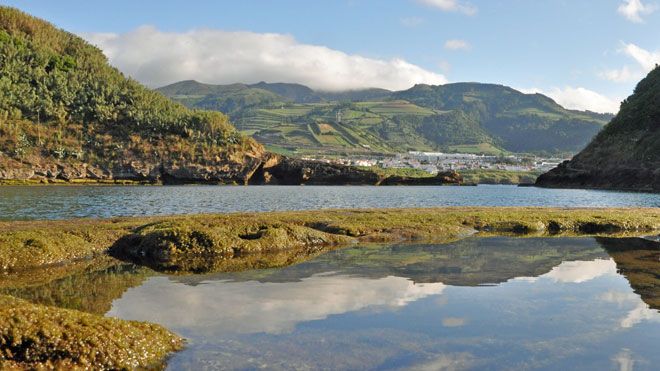





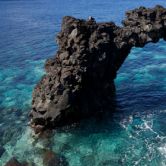
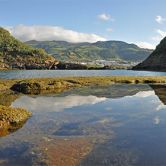


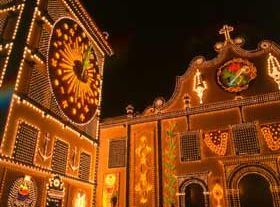
 Explore
Explore 
 Remember and Share
Remember and Share 


